The local Dorset Charity Diverse Abilities has been rebuilding and refurbishing their children’s respite centre and play centre in Poole, to be known now as Lily’s Place after the lady who originally donated an old house to start their activity.
I have been involved in the planning and managing of the garden for this project, and thoroughly enjoyed being part of the team. The remit was to create out of two small constrained back gardens and an access road a sensory play garden for children of all abilities. Many of whom are profoundly disabled and in wheelchairs with limited sight and mobility, many on the Autistic Spectrum causing communication and behaviour difficulties. The garden needed to offer tactile, visual, scent, vibration, light and dark sensory experiences, which were robust but accessible.
The garden of ‘movement and light’ was created first, this used a perspex screen of five colours to make safe a dangerous drop, but allow clear sight, so workers could monitor the children’s safety. Soft grasses and arching light flowers were planted to move in the wind and collect and reflect in the multicoloured light through the perspex. This meant that children could actually experience colours on themselves coming through the screen. Carex, Miscanthus, Stipa, were the main grasses used, with Crocosmia, Verbena, Cosmos Coreopsis and Antirhinum providing the colourful flowers. The soft flowers of the pony tail grass ( Stipa tenuissima) are stroked and played with by the more mobile children, whereas the coloured light pouring through the screen is appreciated by the less mobile.
The grass lawn was re-turfed as cool grass is a sensory experience and the green is a foil to the bright flowers. Scented Lavender, Sage, Thyme, Rosemary, Myrtle and Helichrysum shrubs give subtle scent when touched, and Honeysuckle is climbing the new castellated fence. ( created by TD Landscapes of Wareham)
A Living Willow Hut was built to provide a child sized refuge, the opening wide enough for a wheelchair but the roof low enough to exclude adults. This was plante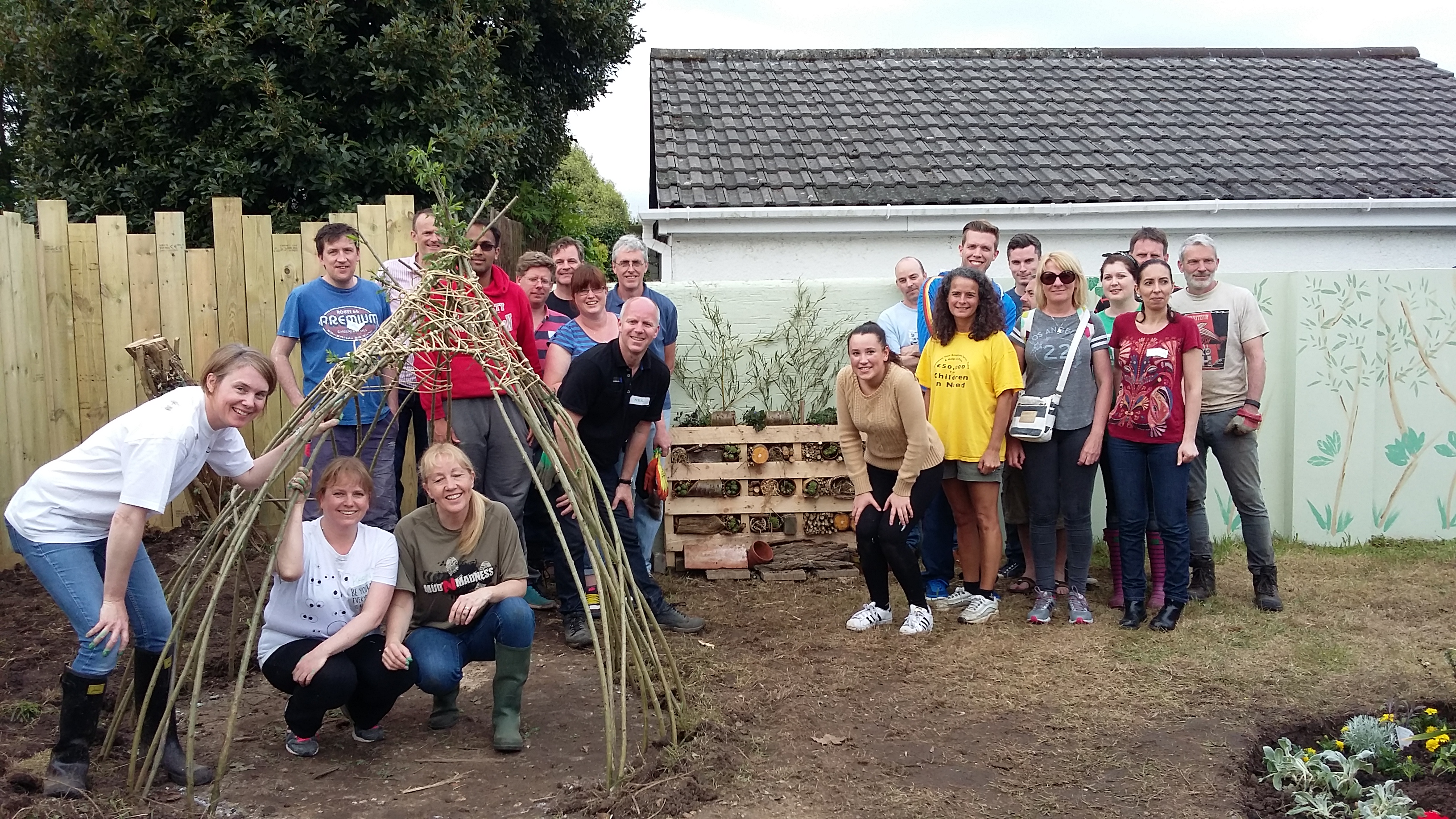 d too late in the year to get 100% rooting but is now filling in nicely and should have good coverage by next spring. (HSBC community volunteer group helped greatly in the building of this garden, removing rubbish and digging and planting the area.)
d too late in the year to get 100% rooting but is now filling in nicely and should have good coverage by next spring. (HSBC community volunteer group helped greatly in the building of this garden, removing rubbish and digging and planting the area.)
A bug hotel 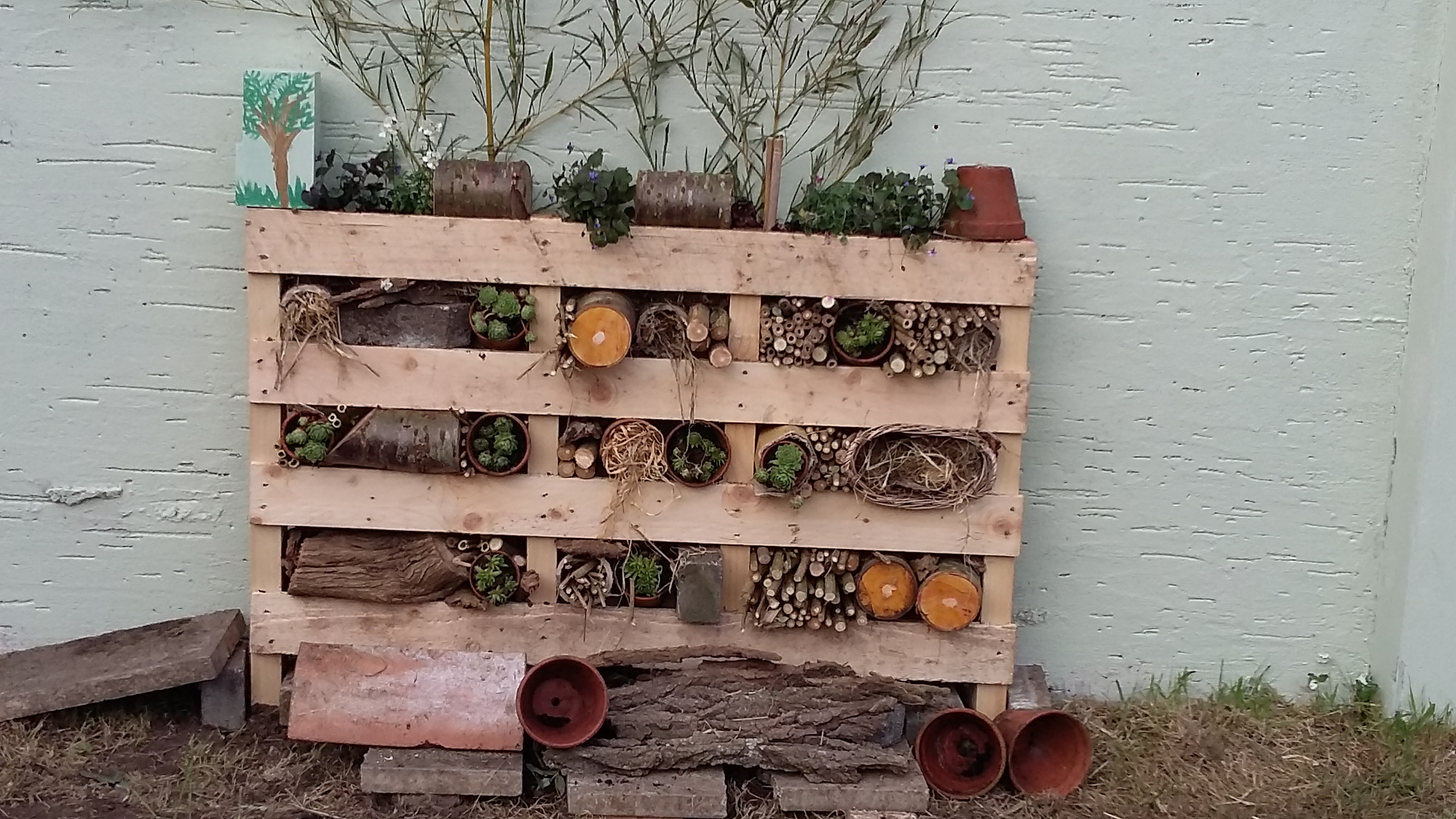 was built out of reclaimed and natural material to encourage study of mini-beasts and birds and some children visit it regularly to check it inhabitants.
was built out of reclaimed and natural material to encourage study of mini-beasts and birds and some children visit it regularly to check it inhabitants.
To distinguish this calming garden from the other play areas a ‘Transistion Tunnel’ was erected of ironwork covered in dark netting, on which climbing vine, clematis and Jasmine were planted. By 2017 the tunnel should be covered in foliage and the water mister units should make this a cool and interesting transition to the active area.
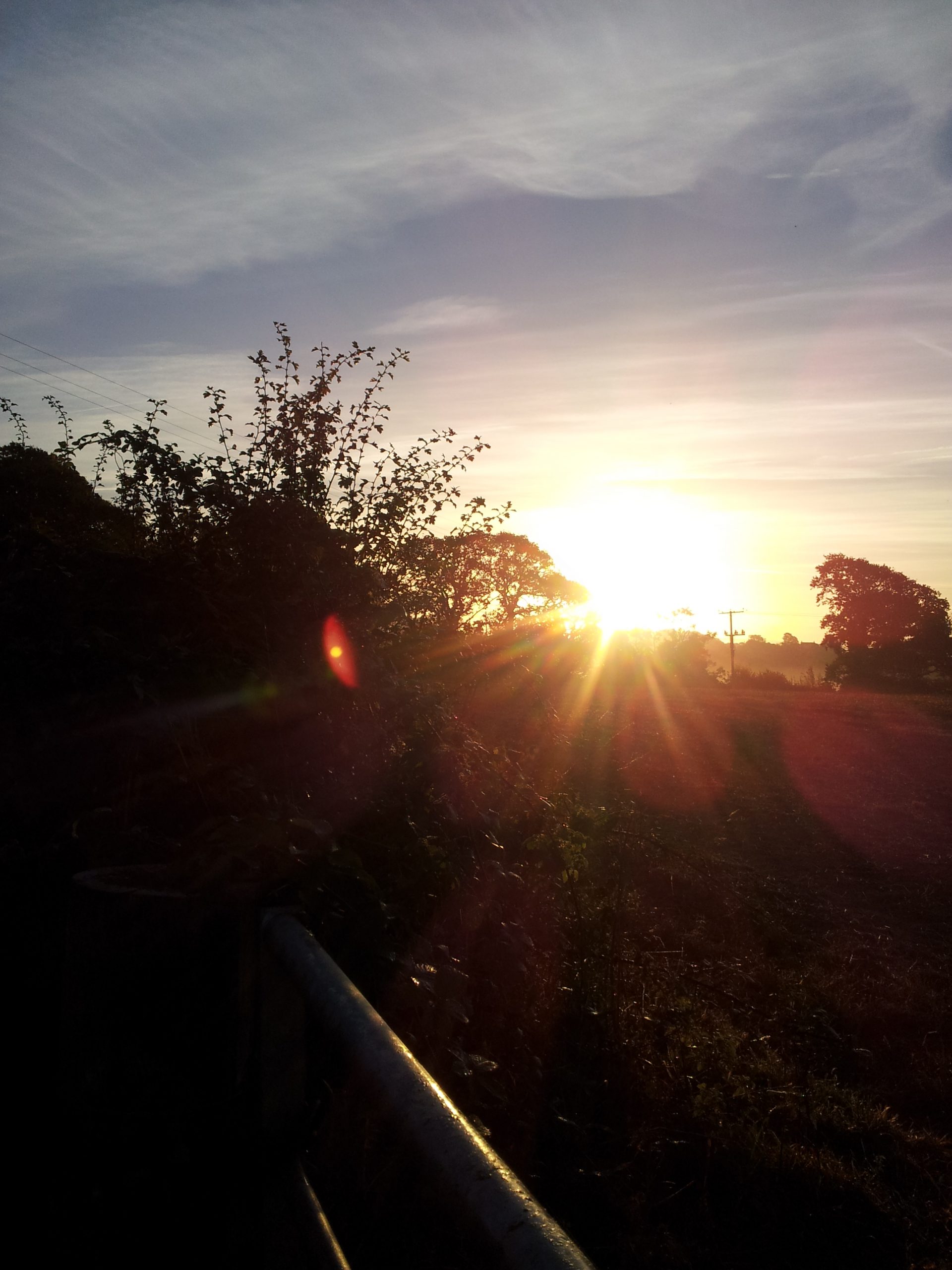

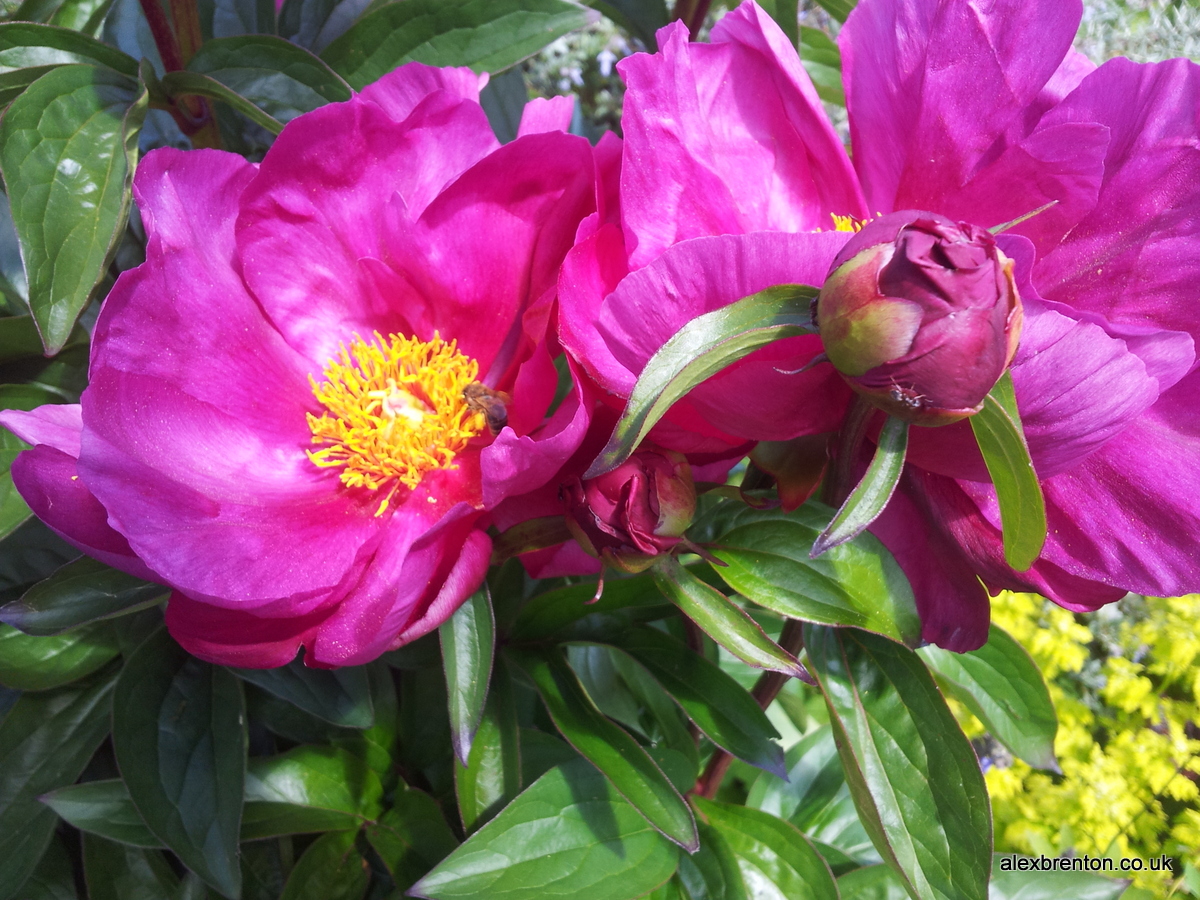
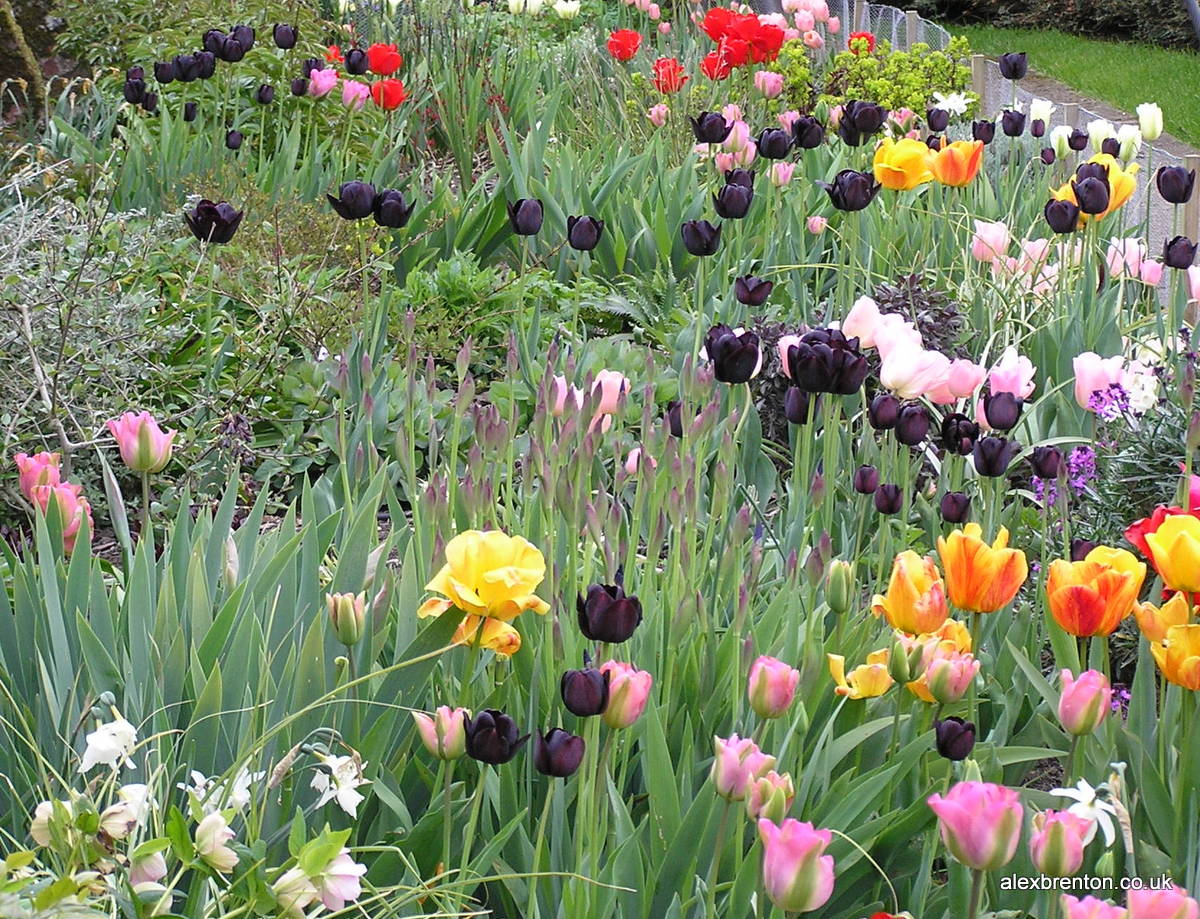
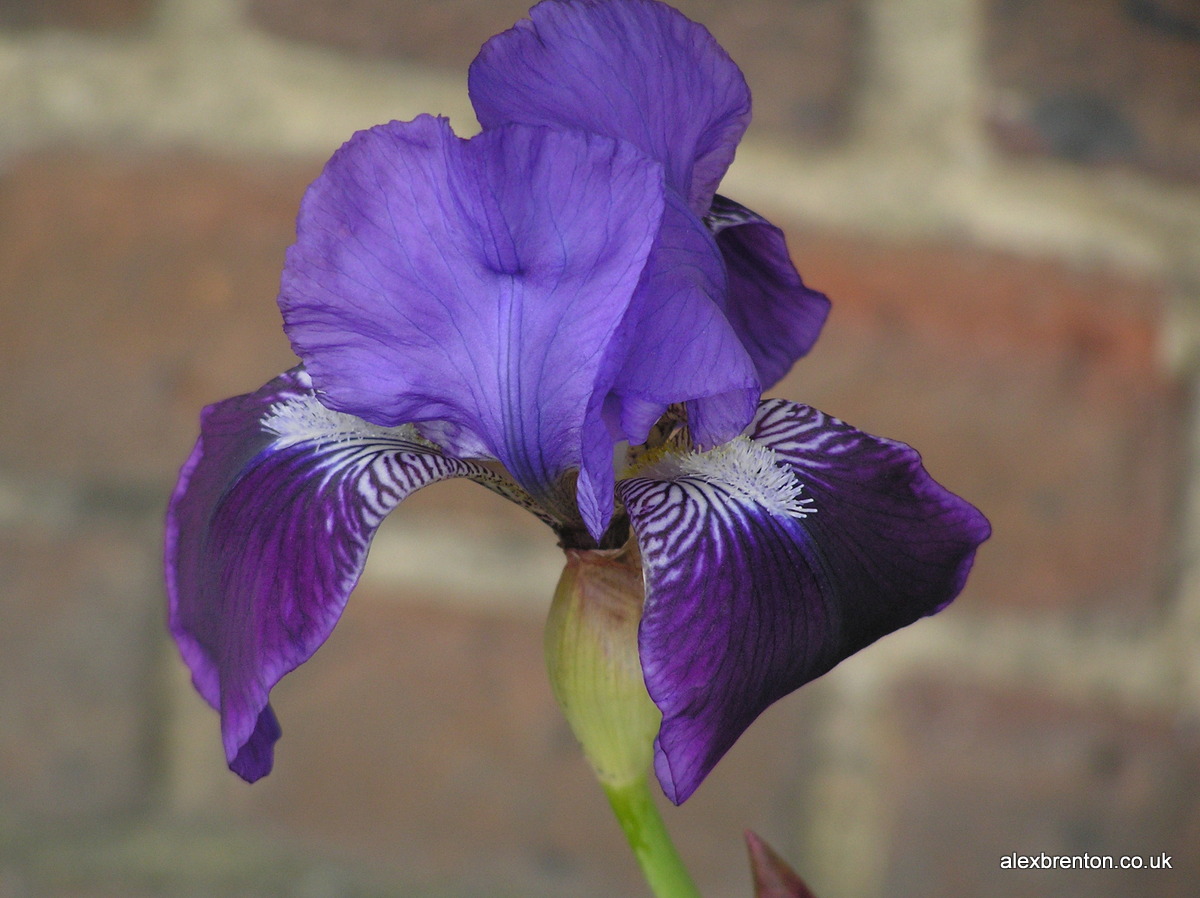
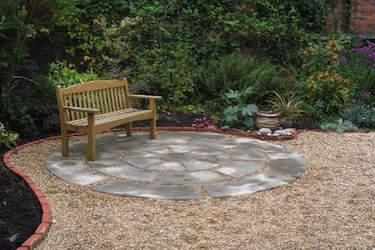

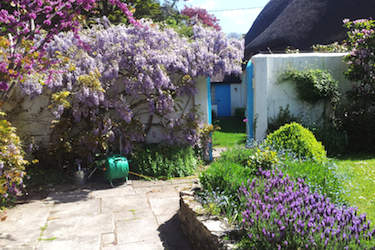

 d too late in the year to get 100% rooting but is now filling in nicely and should have good coverage by next spring. (HSBC community volunteer group helped greatly in the building of this garden, removing rubbish and digging and planting the area.)
d too late in the year to get 100% rooting but is now filling in nicely and should have good coverage by next spring. (HSBC community volunteer group helped greatly in the building of this garden, removing rubbish and digging and planting the area.) was built out of reclaimed and natural material to encourage study of mini-beasts and birds and some children visit it regularly to check it inhabitants.
was built out of reclaimed and natural material to encourage study of mini-beasts and birds and some children visit it regularly to check it inhabitants.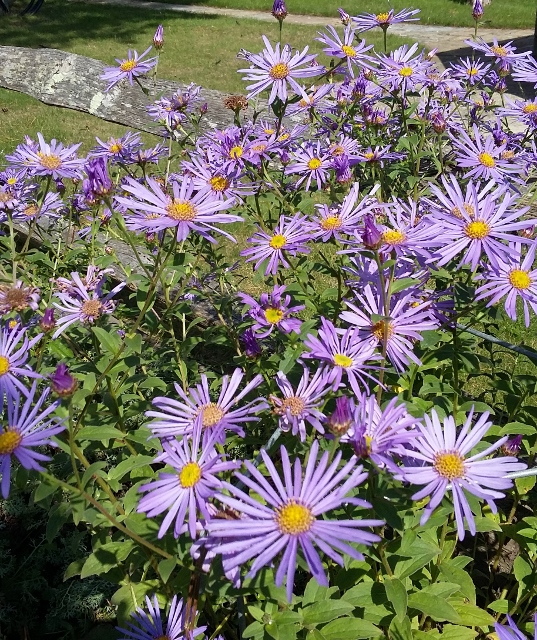
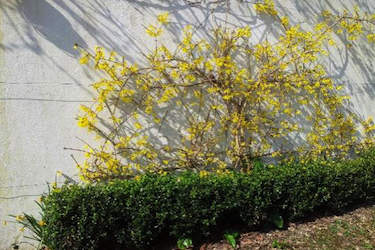
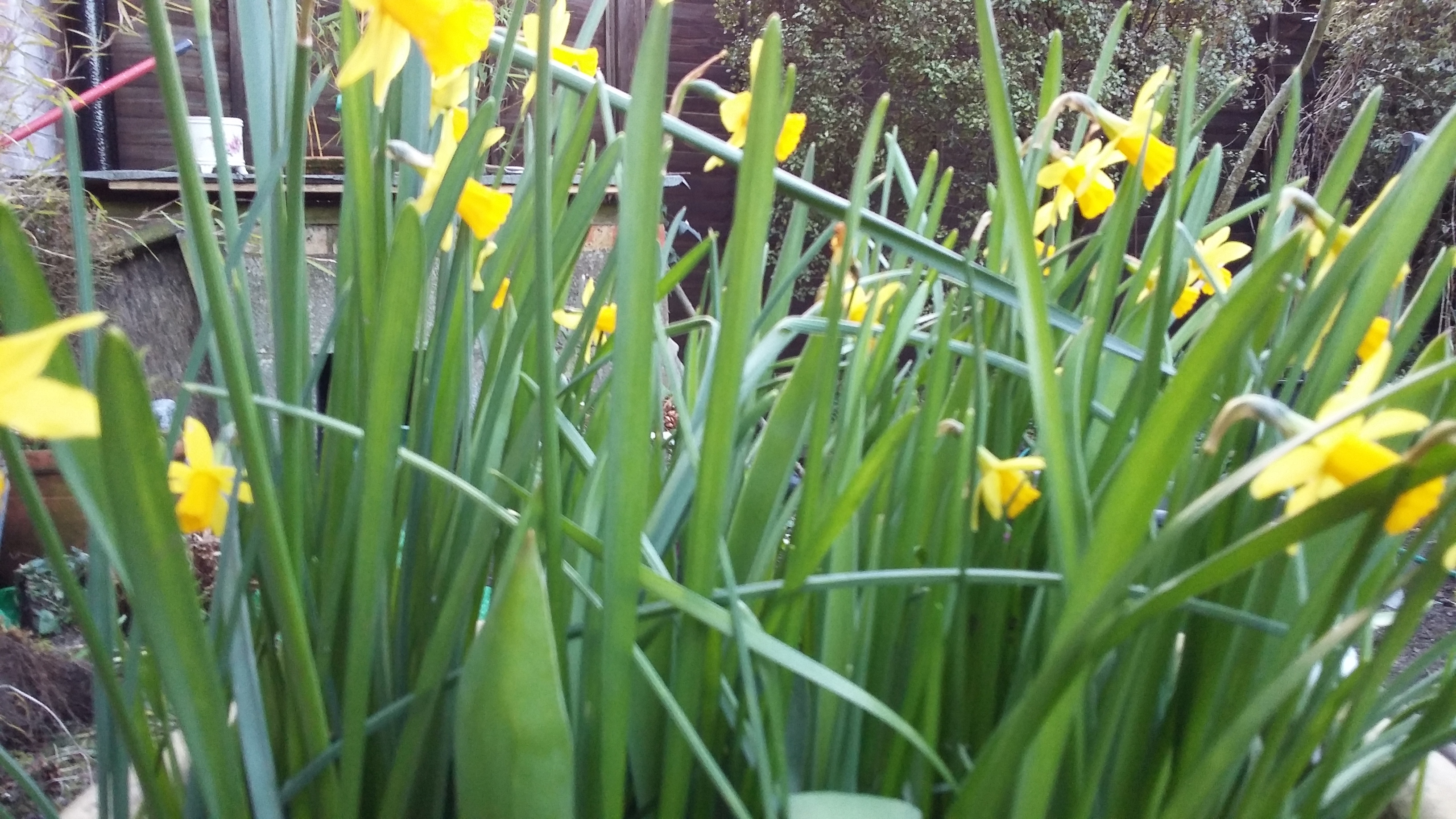
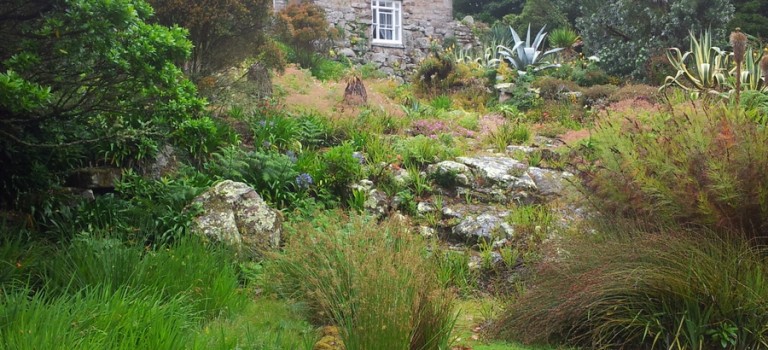
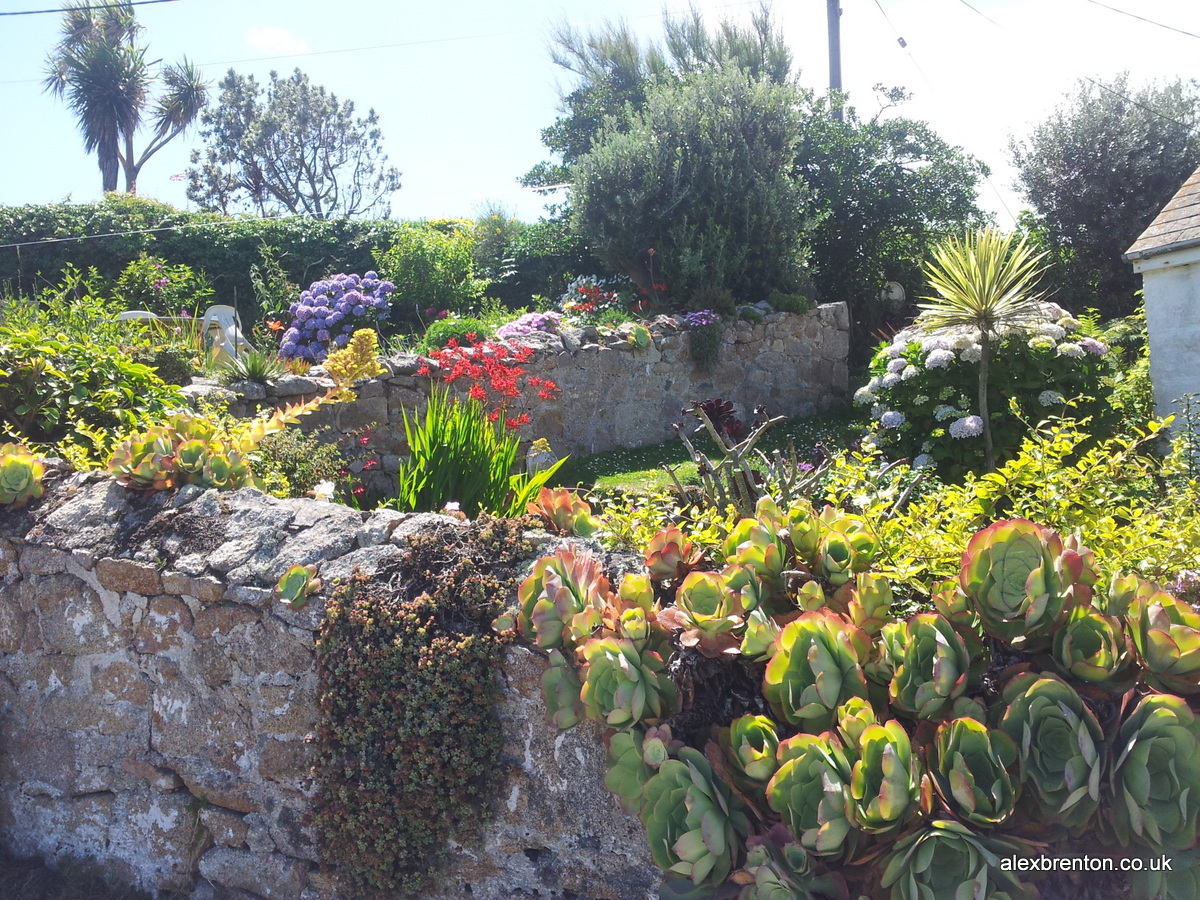


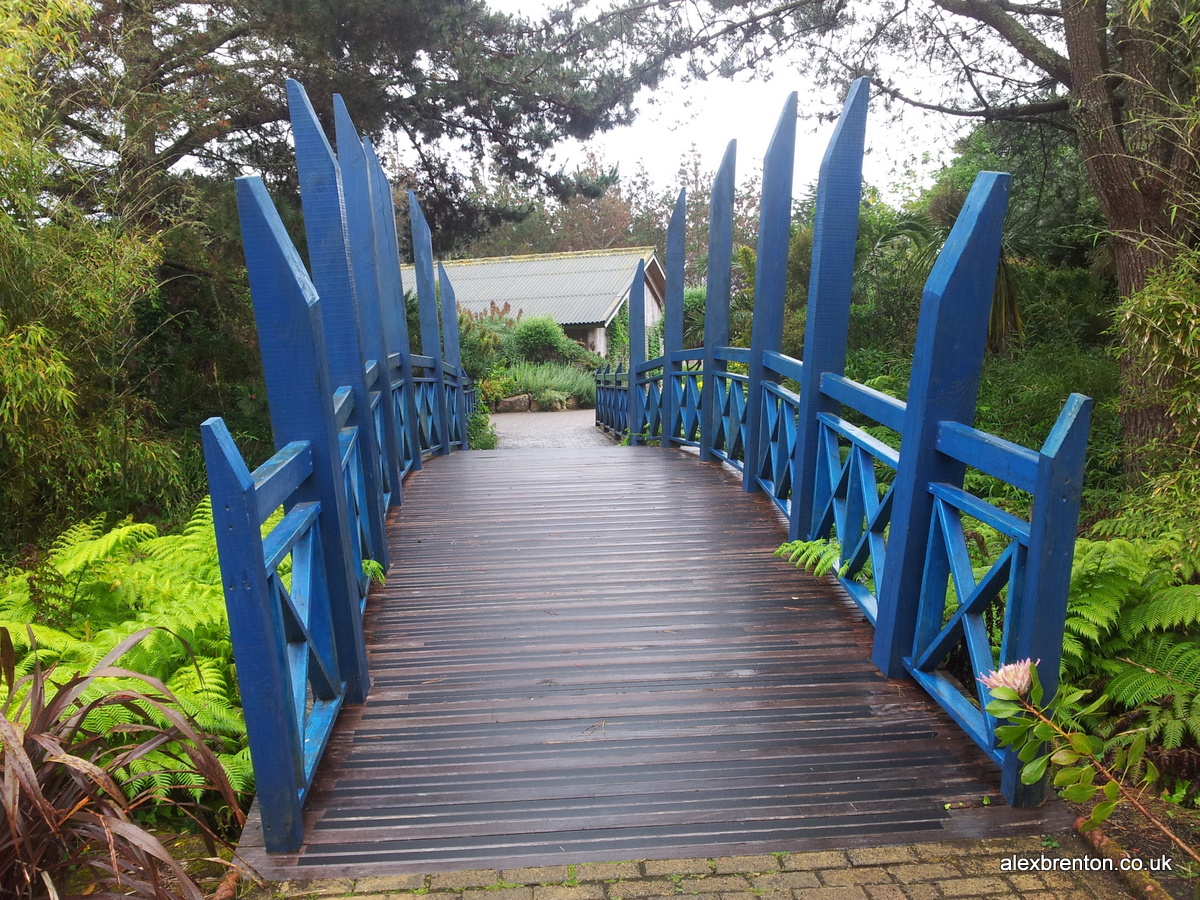
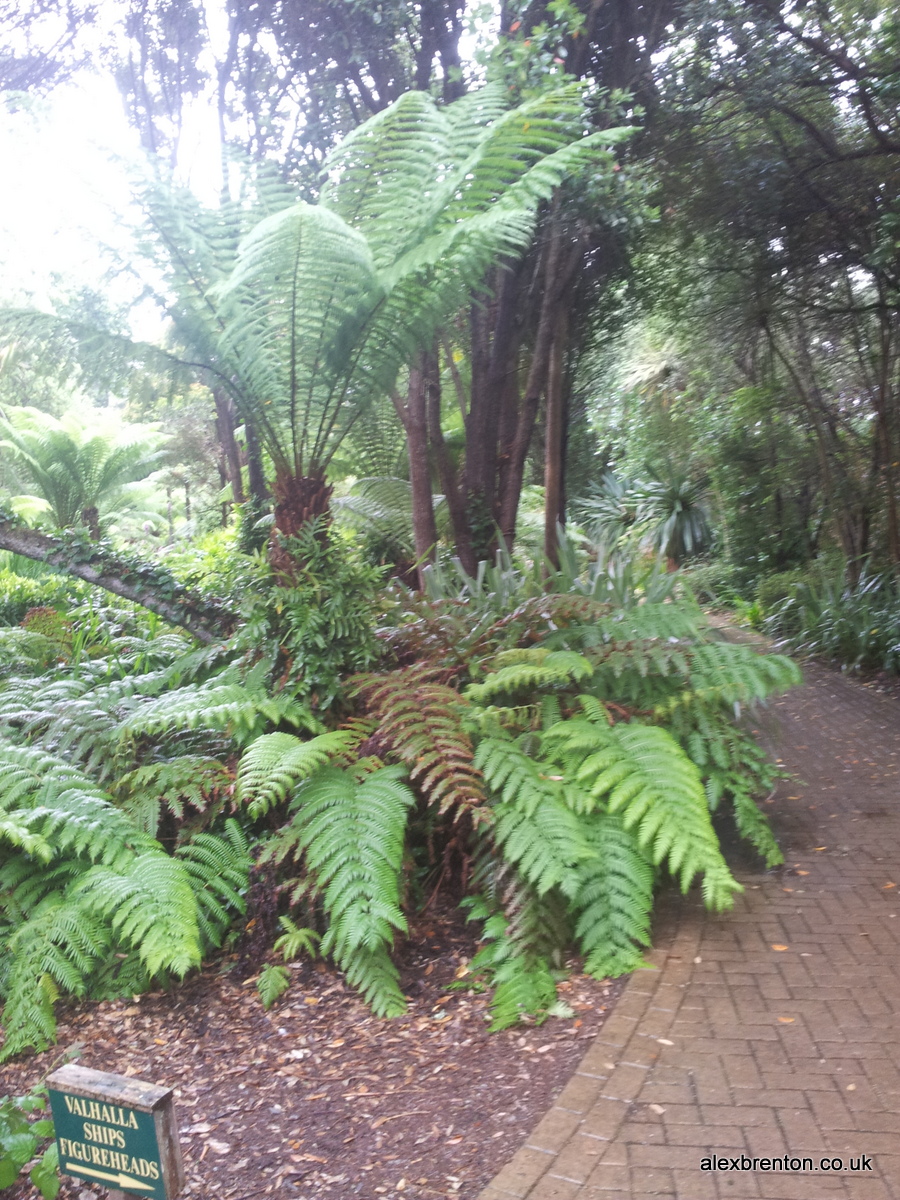
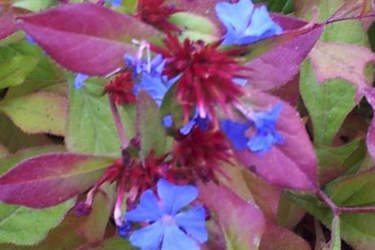 It is also time to take a burst of energy out into the damp and tidy up anything which could be a hazard in the twilight. sharp stems at waist level which could take an eye out, overhanging branches which catch in the hair, and overgrowth which grabs the ankles. Brushing wet leaves off the path can prevent a slip on the way in from work. Things which are quirky and quaint in the cool of a summer evening become a threat for the unwary in the darkening gloom of the short days.
It is also time to take a burst of energy out into the damp and tidy up anything which could be a hazard in the twilight. sharp stems at waist level which could take an eye out, overhanging branches which catch in the hair, and overgrowth which grabs the ankles. Brushing wet leaves off the path can prevent a slip on the way in from work. Things which are quirky and quaint in the cool of a summer evening become a threat for the unwary in the darkening gloom of the short days.